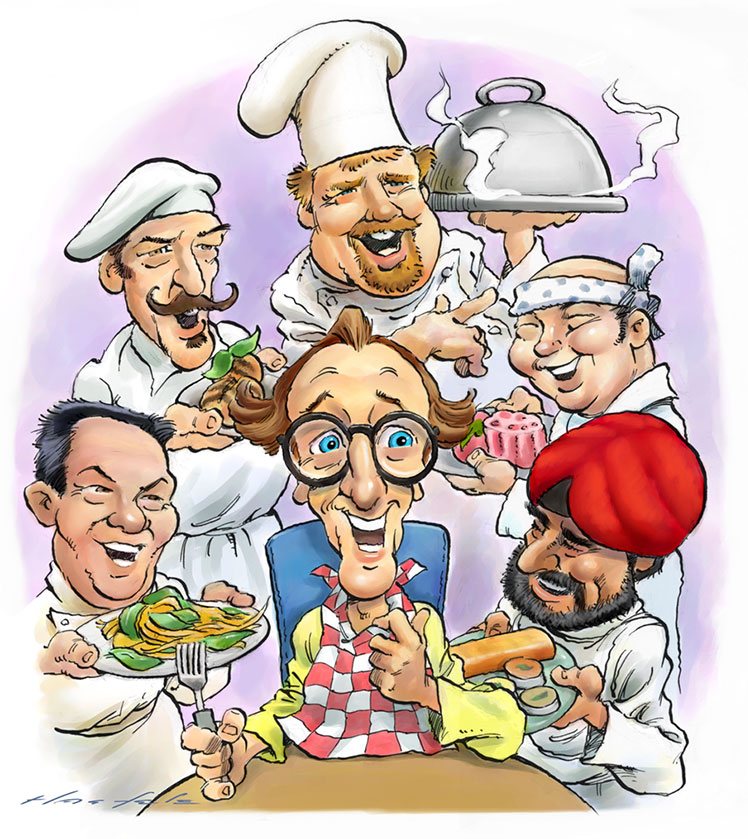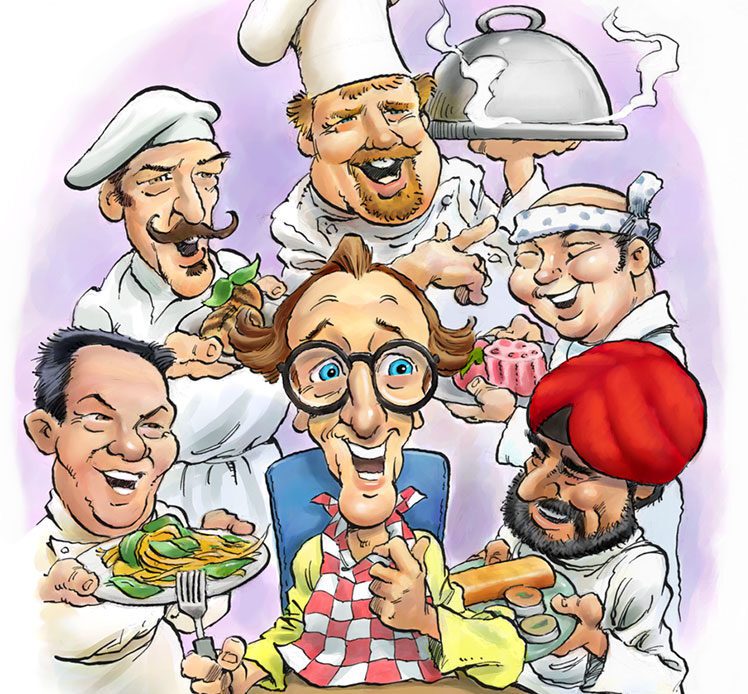Years ago a friend spoke disdainfully about the rising trend of culinary tourism. He was a little jaded, oversensitive to commercialism. When he thought of the “foodie” trend, he imagined an itinerary that bypasses the Colosseum in favor of grabbing a slice of margherita pizza. To him it was part of a depressing trend of dumbing down, going for the lowest common denominator to snag a mass market. But the culinary travel trend has proven him wrong. I have come to see culinary tourism as one of the highest forms of cultural tourism. It can be anyway.

Aw, but you might ask: Is the art of cuisine comparable to painting, architecture, sculpture, music and dance? Does it have the historical weight of the Beaches of Normandy, or the Vatican? Well, I think the argument could be made that it is of comparable weight in the scale of human values. In many ways it is the most universal cultural artifact of all. It can be enjoyed on many levels: intellectual, aesthetic, tactile, olfactory. After all, you can look at the Mona Lisa, but you can’t touch it. You certainly can’t eat it.
I am continually amazed at the evolution of American society’s attitudes toward food. I am not observing from outside. The wave has swept me along with it. It hit me broadside in the beginning. I was extremely primitive in regard to food. I’m not saying I’m particularly sophisticated now, but I have learned to enjoy it on levels I didn’t know existed.
The rise of food consciousness in America can be viewed through the life story of Julia Child. She was one of the most unlikely of celebrities, and an even less likely historical figure. But if you’ve picked up on any of the biopics about her, you may have seen how her life parallels the change of attitudes toward food in America.
The America I grew up in, in the Midwest, was rather dour when it came to food, though I didn’t know it. I ate a lot of processed foods, loaded with sugar, artificial coloring, preservatives, stabilizers and junk. I fed on packaged food, sold for convenience, not nutrition, or even much for enjoyment. Eating was the mere satisfaction of a need, not a pleasurable experience. Looking back on some of my fast food experiences, they weren’t much more than lining up at the trough. And I wasn’t atypical.
That was the America Julia Child encountered when returning to the United States after World War II, after she worked in the U.S. Office of Strategic…
Click Here to Read the Full Original Article at The Taucker Travel Blog…
